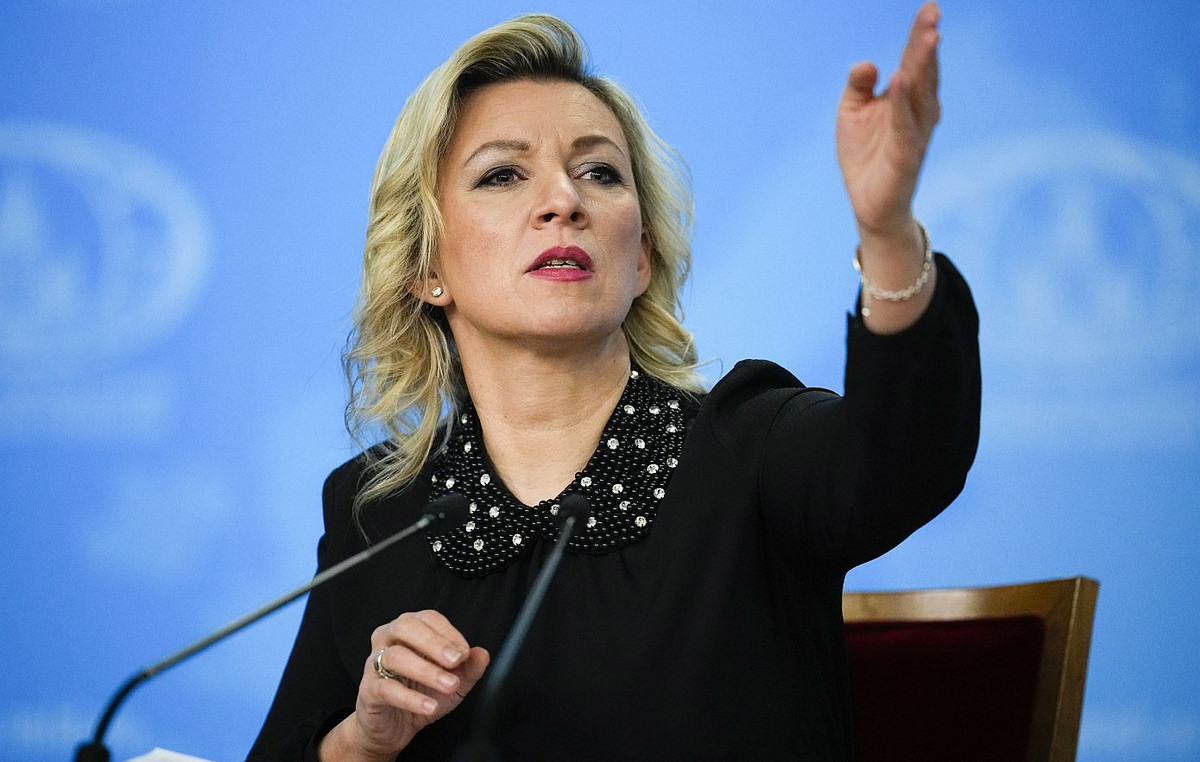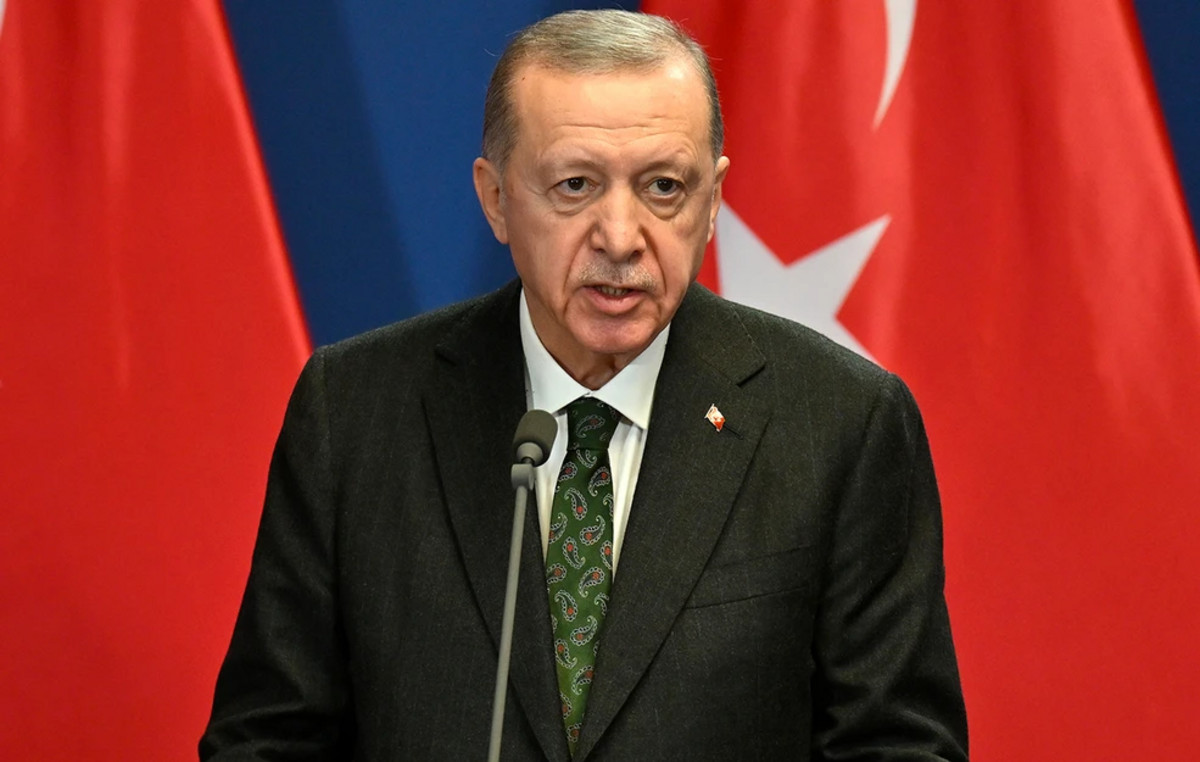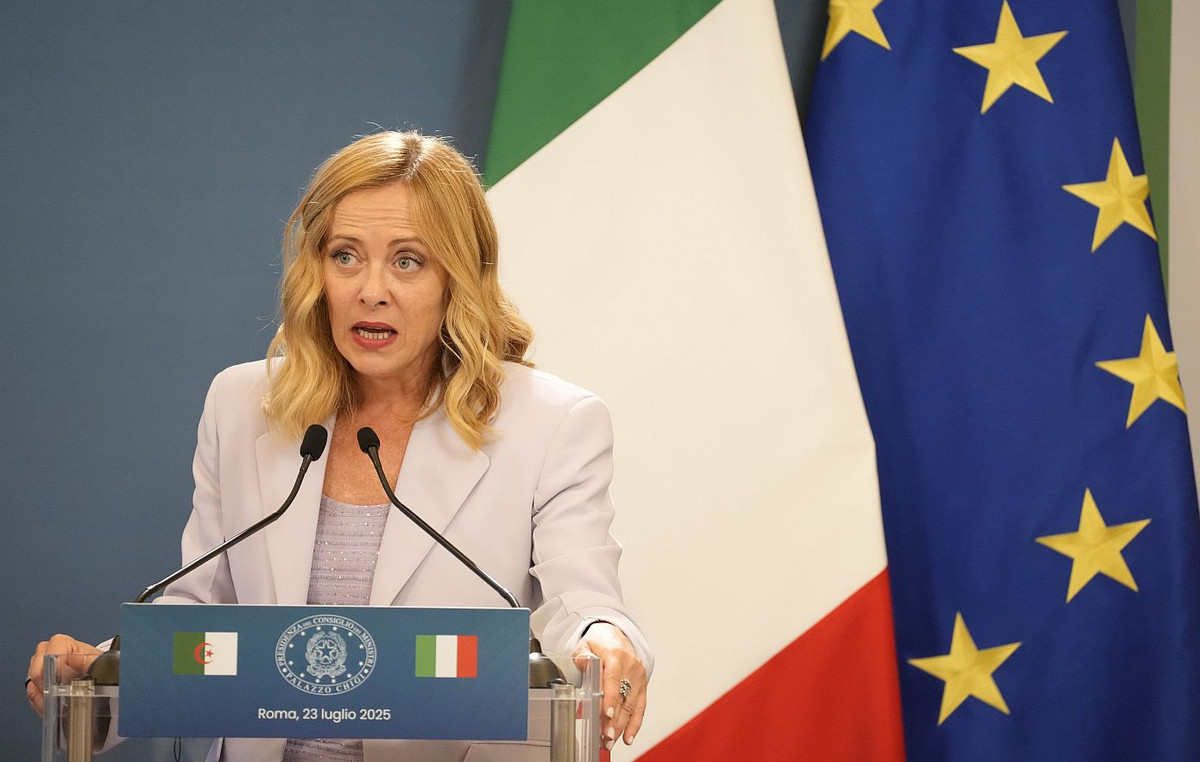- The Fed keeps stable rates, but Waller and Bowman disagree in favor of a cut.
- The statement cites moderate growth and “somewhat high” inflation; The balance reduction will continue.
- The gold was limited about $ 3,334; The support is seen at $ 3,288 and the 100 -day SMA at $ 3,250.
The price of gold extends its losses on Wednesday after the Federal Reserve maintained interest rates without changes, although not unanimously, since two dissidents, the governor of the Fed Christopher Waller and Michelle Bowman, demonstrated against. The Xau/USD quoted volatile around $ 3,300, although it is still 0.71%.
XAU/USD LOW 0.71% While the Fed points out uncertainty
In the statement, Fed officials expressed that the growth of economic activity has been moderated in the first half, although the unemployment rate remains low and inflation remains “somewhat high.”
The statement revealed the committee’s commitment to achieve maximum employment and 2% inflation and acknowledged that “uncertainty about economic perspectives remains high.”
Regarding the balance of the balance, the Fed revealed that it will continue to reduce its treasure securities, debt of agencies and values supported by agency mortgages. Next, the press conference of the president of the FED, Jerome Powell, around 18:30 GMT will be held.
Gold price reaction
Xau/USD pointed above $ 3,300, but something has been withdrawn, since the US president Donald Trump is also in the news, by signing an executive order that establishes 50% tariffs to Brazil. A greater increase is expected above the maximum of the day by $ 3,334. On the contrary, the first support is $ 3,288, with an eye on the 100 -day SMA at $ 3,250.
Fed – Frequently Questions
The monetary policy of the United States is directed by the Federal Reserve (FED). The Fed has two mandates: to achieve prices stability and promote full employment. Its main tool to achieve these objectives is to adjust interest rates. When prices rise too quickly and inflation exceeds the objective of 2% set by the Federal Reserve, it rises interest rates, increasing the costs of loans throughout the economy. This translates into a strengthening of the US dollar (USD), since it makes the United States a more attractive place for international investors to place their money. When inflation falls below 2% or the unemployment rate is too high, the Federal Reserve can lower interest rates to foster indebtedness, which weighs on the green ticket.
The Federal Reserve (FED) celebrates eight meetings per year, in which the Federal Open Market Committee (FOMC) evaluates the economic situation and makes monetary policy decisions. The FOMC is made up of twelve officials of the Federal Reserve: the seven members of the Council of Governors, the president of the Bank of the Federal Reserve of New York and four of the eleven presidents of the regional banks of the Reserve, who exercise their positions for a year in a rotary form.
In extreme situations, the Federal Reserve can resort to a policy called Quantitative Easing (QE). The QE is the process by which the Fed substantially increases the flow of credit in a stuck financial system. It is a non -standard policy measure used during crises or when inflation is extremely low. It was the weapon chosen by the Fed during the great financial crisis of 2008. It is that the Fed prints more dollars and uses them to buy high quality bonds of financial institutions. The one usually weakens the US dollar.
The quantitative hardening (QT) is the inverse process to the QE, for which the Federal Reserve stops buying bonds from financial institutions and does not reinvote the capital of the bonds that it has in portfolio that they expire, to buy new bonds. It is usually positive for the value of the US dollar.
Source: Fx Street
I am Joshua Winder, a senior-level journalist and editor at World Stock Market. I specialize in covering news related to the stock market and economic trends. With more than 8 years of experience in this field, I have become an expert in financial reporting.







